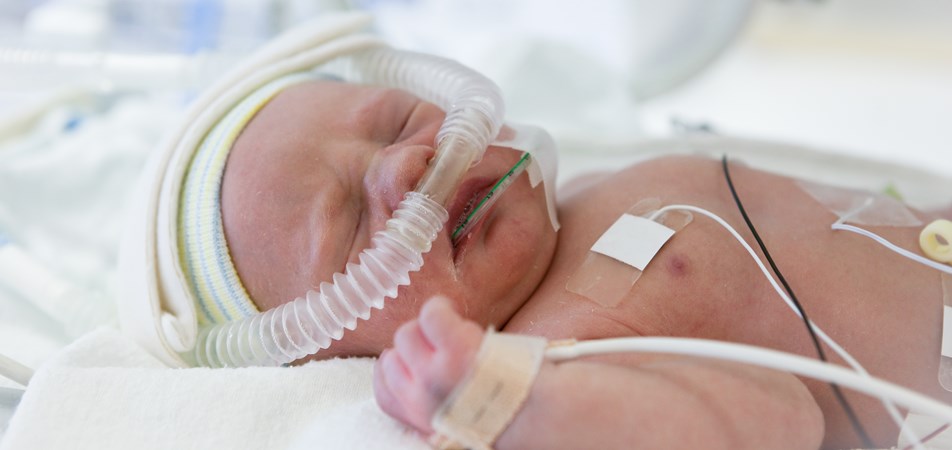To recover your password please fill in your email address
Please fill in below form to create an account with us

25/06/24
The study found that administering oxygen at a concentration of 90 to 100 percent immediately after birth for very premature babies who require assistance with breathing could halve the risk of death compared to lower oxygen levels.
The research published in JAMA Pediatrics, analysed outcomes from over one thousand premature babies who were given varying oxygen concentrations. Babies born at less than 32 weeks (less than three-quarters of the way through a full pregnancy) had better chances of survival when resuscitated with high oxygen levels (90 percent or greater) compared to low levels (21 to 30 percent).
The researchers emphasise the findings should not minimise the dangers of hyperoxia (oxygen poisoning). Even when starting with high oxygen levels, doctors closely monitor vital signs and continually adjust oxygen delivery to avoid overexposure or underexposure.
Historically, oxygen with a 100 percent concentration was used to resuscitate all newborn infants. In 2010, this recommendation was changed to protect against potential harms of hyperoxia, and current international guidelines advocate for providing preterm babies with the same oxygen levels as full-term infants (21 to 30 percent oxygen). However, the researchers stated that this change was primarily based on evidence related to full-term infants, who possess fully developed lungs and are generally less ill than premature infants.
To date, there is limited conclusive evidence guiding best practices specifically for premature infants. The researchers stress the importance of conducting additional large-scale studies to confirm their findings.
“Ensuring very premature infants get the right treatment from the beginning sets them up to lead healthy lives. There is no better time to intervene than immediately after birth,” said lead author Dr James Sotiropoulos from the University of Sydney’s NHMRC Clinical Trials Centre.
“The goal is to find the right balance – how do we give enough oxygen to prevent death and disability, but not damage vital organs.”
“Whilst promising and potentially practice-changing, these findings will need to be confirmed in future larger studies.”
“The debate around exactly how much oxygen is best for extremely premature babies is still ongoing but, ultimately, everyone has the same shared goal of determining the best treatment for newborns,” said Dr Anna Lene Seidler from the NHMRC Clinical Trials Centre.
“Our findings, together with all the other research that is currently happening, may help the most vulnerable preterm infants have the best chance of survival.”